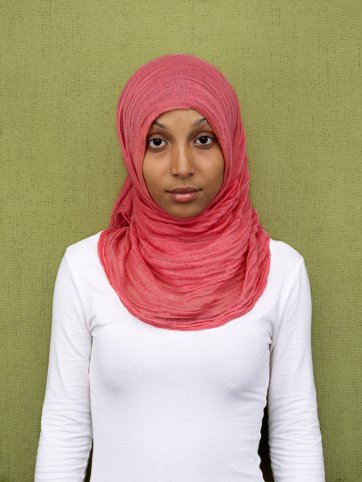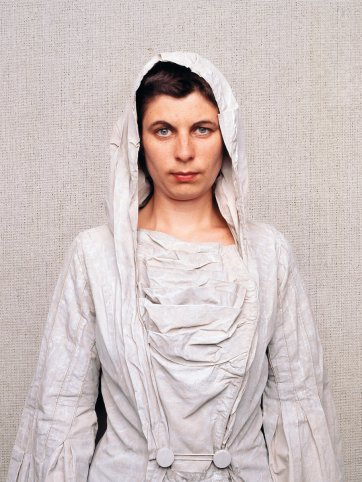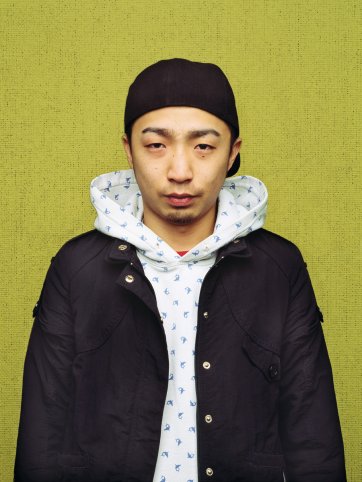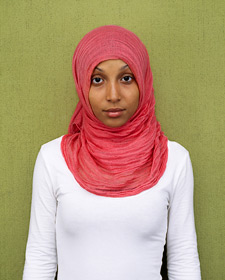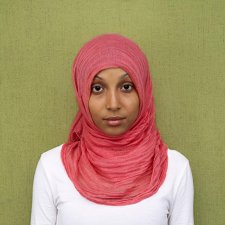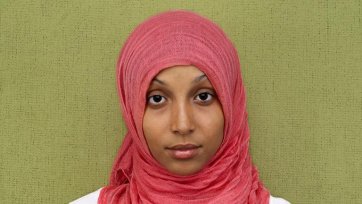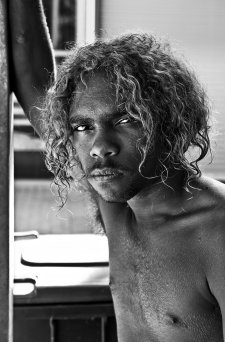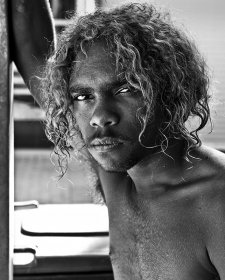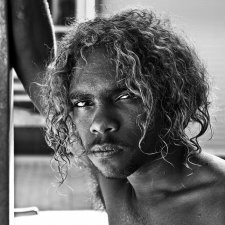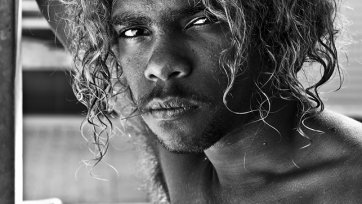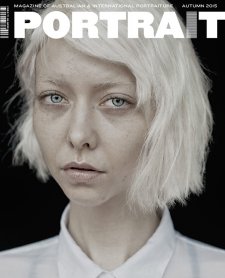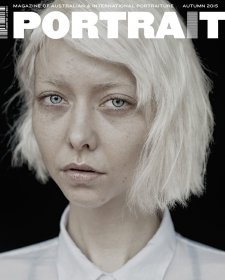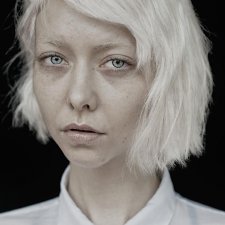Photographic portraits are distinct from those painted, sculpted or drawn. A painter might suggest the energetic personality of the subject through the use of expressionistic and bold brushstrokes. A sculptor might memorialise the subject through the use of larger-than-life scale. The soft lines of a drawn portrait might suggest informality or intimacy.
It’s true that a photographic portrait can capture kinetic energy or hint at the complexity of a subject's inner life, but what happens when a photographer chooses to present his subjects without dramatic effect, simply still, face-to-face?
Rod McNicol is one of those rare artists who have explored a singular artistic vision over the course of a decades-long career. Careful analysis of this sort often results in a sustained body of work that is sure in its intent. But the subject-matter has to hold steady, and the artist’s vision has to have sufficient depth of perception to avoid simple repetition. McNicol’s focus, for over thirty years, has been to explore a very quiet and gentle form of photographic portraiture. His look at other people has been framed by a consistent visual structure. Here is a person, framed equally always, their shoulders about half-way between the top and bottom of the frame, looking at the photographer. I can tell you that Rod takes only a few photographs of each sitter – the sense of stillness rests there in Rod’s studio, it settles and finds composure before the shutter opens and closes.
Rod photographs those around him, his friends, and members of his social world. This world happens to be inner-city Melbourne, and this cultural landscape colours the tribal affiliations of his subjects, evolving over the decades. Rod lives in a densely-layered metropolis, but he sees his neighbourhood as a village.
A village is defined by its size – a small grouping of domestic and civic buildings traditionally surrounded by agricultural activity. An urban village is defined by its social and cultural interconnections, its tribes and subcultures. McNicol’s home is his village of inner north east Melbourne. His portraits are part of his village. They are titled ‘portraits from my village’ and ‘newcomers to my village’ and ‘pillars of my village’. His ‘portraits from last century’ are from his village too – young people photographed in the late 1990s, described by Rod as ‘from last century’. They might appear to be from well before last century too – their tribal dress could be medieval. Rod’s portrait of Patrick the Franciscan Monk was taken in 2011, but other sitters are adorned in contemporary urban robes and smocks, their village attire.
In a radio interview about his work, Rod identified a tone that he hadn’t noticed before. Not having seen all of these portraits together, it might have been a surprise for him to get some sense of an objective view of his own work, usually being inside of it, creating it. He recognised a feeling in the work as a group. ‘It’s plaintive’ he said. This word implies sadness and melancholy, but also wistfulness. Wistfulness implies yearning and longing. These portraits are quiet, they are calm. The series of double-portraits of the same person, taken twenty years apart, and the portraits of those holding a childhood photograph of themselves, strongly evoke the passing of time. But I wondered, what is this plaintive tone in the individual portraits? Has the photographer been able to draw out a deep sense of longing in these fiercely independent women? What is the yearning in the hearts of the young men who look into his camera? Or are his subjects reflecting back McNicol’s own desire to connect more deeply, at a more fundamental level?
These are portraits of a sentient being looking with quiet consciousness, Rod said in the radio interview. Sentient beings with thoughts, feelings, doubts and hopes, just like you and me. That may seem an obvious thing to note – that these people are people just like us, but what is more special is that McNicol is able to convey this inner sense of yearning with such clarity. There’s something transparent about the sense of calm in these portraits. Each person in these photographs is willing to look openly and without fear into Rod’s camera – and by the wonder of the photograph, they look openly and without fear toward us, too.
